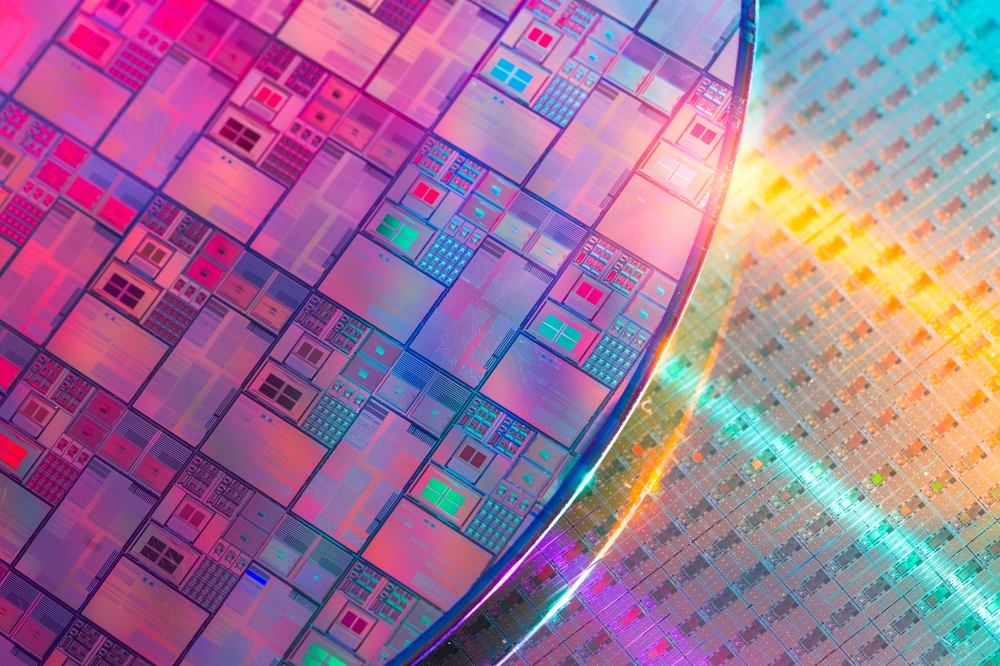KMITL launches semiconductor R&D centre

Bid to boost role in global supply chain.
King Mongkut's Institute of Technology Ladkrabang (KMITL) has launched the country's first comprehensive semiconductor technology research and development (R&D) centre, aiming to bolster Thailand's role in the global supply chain.
The KMITL Academy of Innovative Semiconductor Manufacturing (KAISEM) is to serve as a central laboratory, bringing together experts from various fields to collaborate on semiconductor research, innovation and electronic manufacturing processes.
KAISEM plans to develop specialised talent by equipping students and professionals with the skills and knowledge necessary for success in the semiconductor industry.
"Thailand can attract multinational semiconductor firms by offering tax incentives, subsidies, robust infrastructure and strong intellectual property protection. Investing in education and training will create a skilled workforce," said associate professor Dr Komsan Maleesee, president of KMITL.
As countries seek to diversify their semiconductor supply chains because of geopolitical risks, Thailand can position itself as a stable alternative manufacturing hub, Mr Komsan said.
He said by developing curricula and research programmes tailored to the needs of the semiconductor sector, KAISEM can ensure Thailand's workforce remains competitive on a global scale.
The centre also supports R&D projects that tackle specific challenges in semiconductor manufacturing, from materials science to process engineering.
"This will strengthen Thailand's semiconductor electronics industry, which is the cornerstone of modern electronics. Additionally, KAISEM will serve as a hub for education and personnel development," said Mr Komsan.
KMITL also signed a collaboration agreement with National Instruments (NI), a global leader in automated test and measurement systems, to support KAISEM in enhancing its academic programmes and research capabilities, enabling the faculty to achieve global standards.
By forming strategic partnerships with semiconductor companies, universities and research organisations, Thailand can gain access to advanced technologies and best practices, he said.
These collaborations could be in the form of joint ventures, R&D projects and talent exchanges, which would enhance Thailand's growing manufacturing capabilities.
Joseph Soo, vice-president for APAC sales at NI, said Southeast Asia is uniquely positioned with a well-established and diverse semiconductor system.
The region is the world's second- largest semiconductor exporter, accounting for 22.5% of global semiconductor exports. Thailand recorded 800 billion baht in semiconductor exports in 2023.
Mr Komsan said the future of the global semiconductor industry will be shaped by rapid technological advancements and shifting geopolitical dynamics.
As the heart and brain of all digital devices, semiconductors are increasingly seen as strategic assets, making them central to national security and economic growth.
"We will likely witness the emergence of new regional hubs, with countries like Thailand playing a critical role in the global supply chain," he said.
The ongoing demand for more sophisticated semiconductor technologies, driven by innovations in artificial intelligence, quantum computing and 5G wireless broadband technology, will necessitate continued investment in research and development, said Mr Komsan.
"Countries that invest in R&D, maintain stable political environments and build collaborative ecosystems will lead the next wave of semiconductor advancements," he added.

































